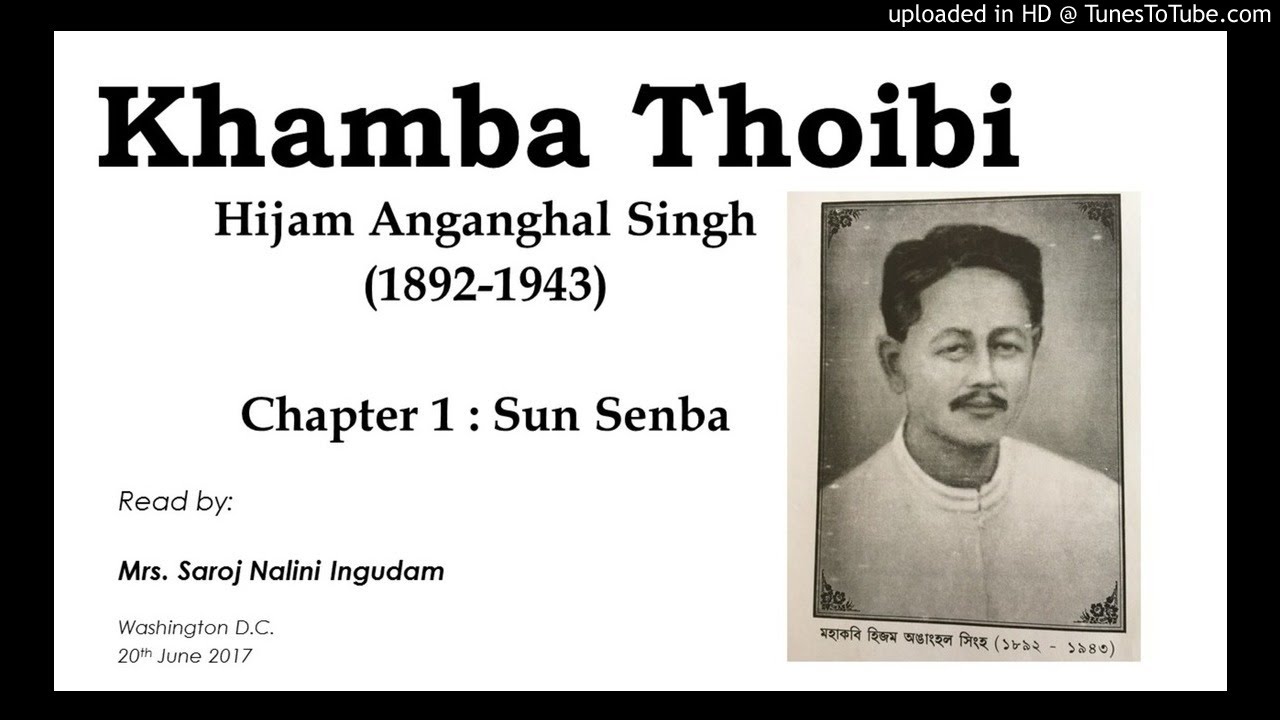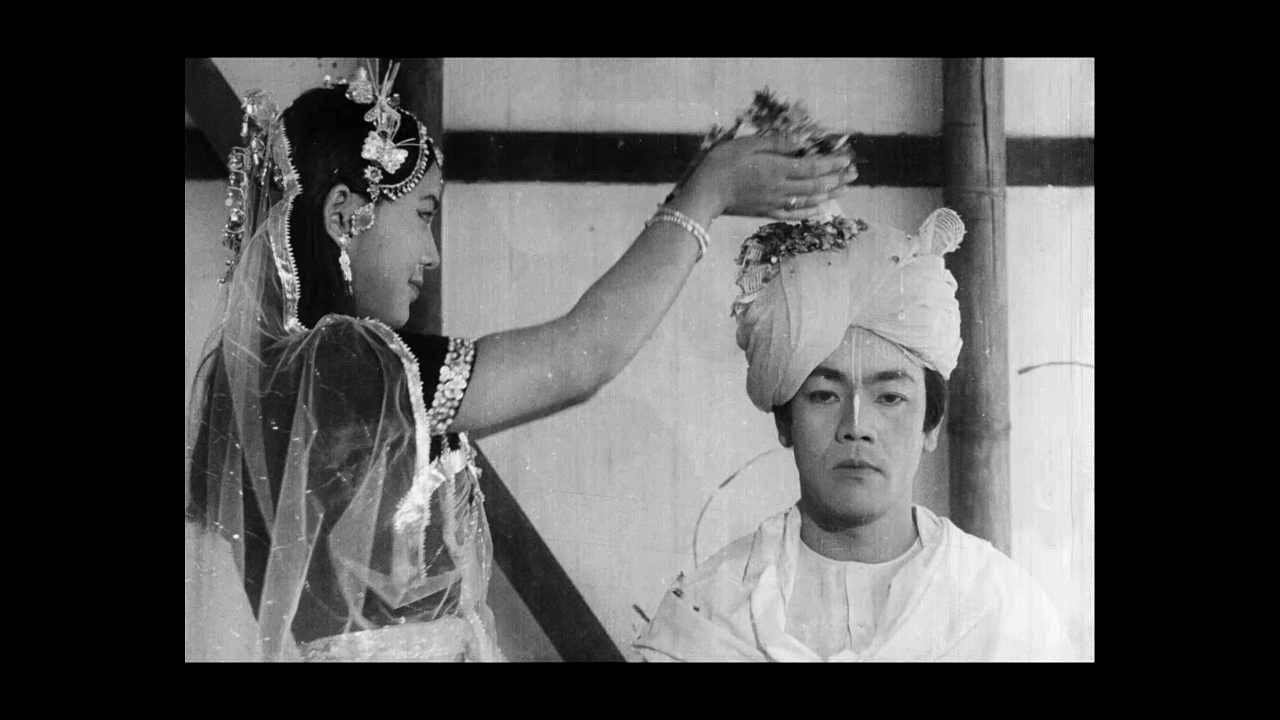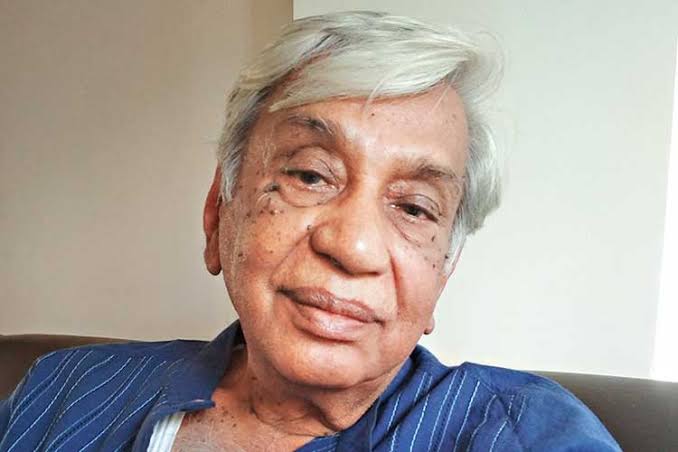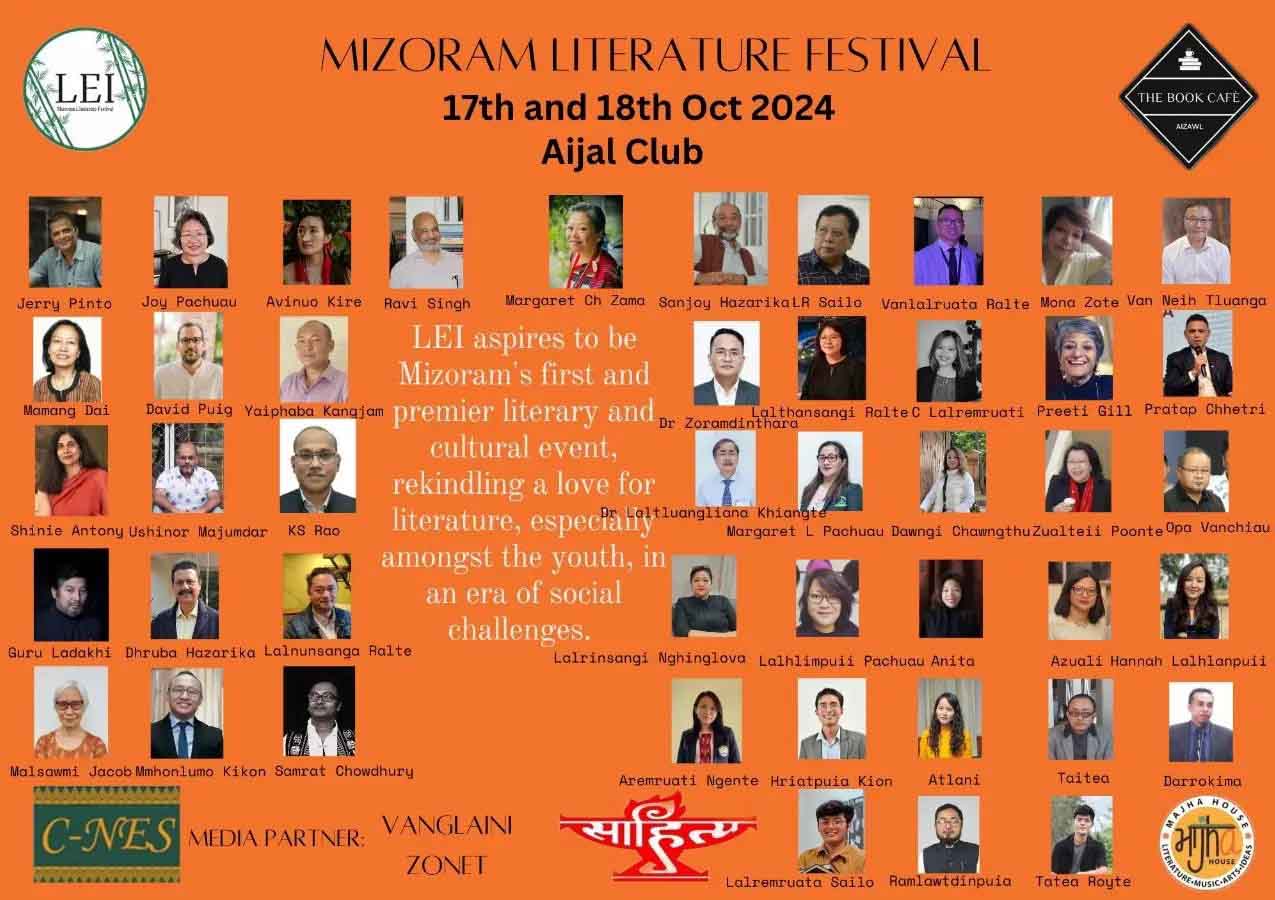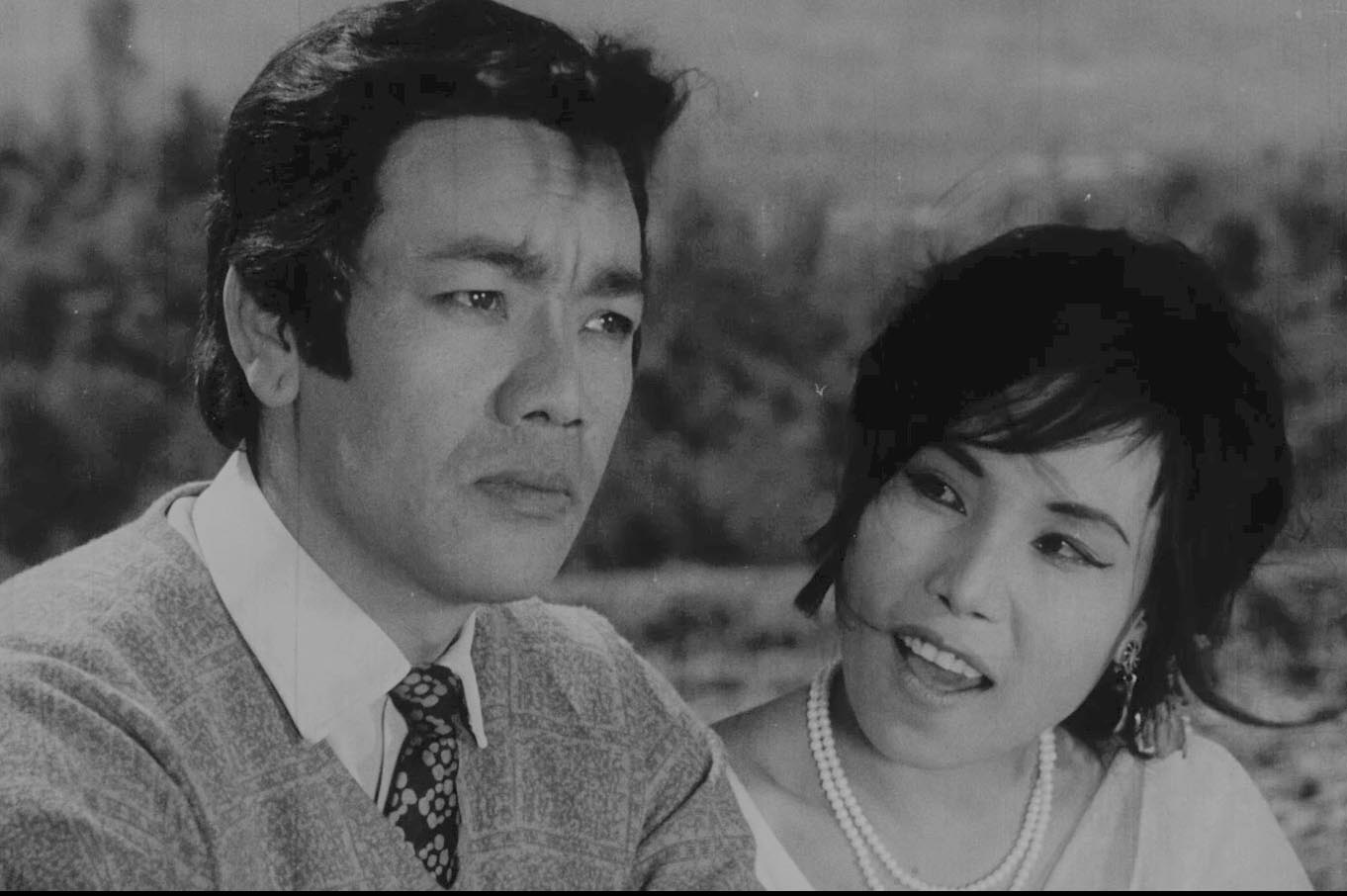In the chaotic environment following the 1891 Anglo-Manipuri War, Hijam Anganghal Singh was born in 1892 and grew up in a Manipur that first became a Native State under the British Colonial Rule and later suffered the freedom struggle that launched Indians against the British Rule. It was with the vision of this eventual environment that Anganghal set his pen to write his creative works both in prose and poetry. His books talk about an ideal Manipuri world that moved on since the beginning of the eleventh till the present century.
Anganghal belonged to the rare breed of early modern Manipuri poets whose works heralded the dawn of modern Manipuri literature. During his childhood days he lived with his mother at the house of his grandfather at Samurou 13 km. away from his parental home at lmphal. At the age of 17/18 he came to Imphal and got settled at his parental home at Yaiskul, Hiruhanba Leikai. He was educated at Wangoi L.P. School during his childhood days at Sarnurou and later at Johnstone High School in Imphal. He read upto class V only but circumstances compelled him to leave his studies. In 1915 he married Thongam Mikoi Devi who remained a great source of inspiration to the poet. In 1916 he became a petition writer Baje Muhori at Cheirap Court (equivalent to Dist. & Session Court) and remained in that profession for life. In his youth he kept himself in close contact with different aspects of Manipuri life, art and culture and became acquainted with the best minds of that period.
Early in his career he began to compose lyrical poems and songs either to be sung or recited on public occasions. He wrote poems one after the other which were marked with humanism and patriotic thoughts and feelings. He got them published in series in the monthly local journal of repute Lalit Manjuri Patrika, 1933.
Anganghal had passionate love for music. He inherited the delight and skills in music from his mother who was a good singer in traditional Manipuri style. He used to sing in Gostha Leela, Sansenba and Udhulkhol depicting the childhood days of Lord Krishna in musical and dance form at Mandapa (halls) dedicated to Lord Krishna and Chaitanya Mahaprabhu.
In those days there was hardly any good creative book available for reading by the public. Anganghal thought of writing a book of good quality in a new form that had been never attempted before. He started to write his long narrative poem titled Shingel lndu in blank verse of fourteen syllables running over eight thousand lines and became very popular among the public. This poem shot him not only to the status of a poet but also it contained the promise of his genius as a great poet. The book brought him posthumously the Manipuri Sahitya Parishad Award ‘Kavi Ratna’ in 1948. It was his only book that was brought out in print during his life-time.
Anganghal had a strong passion for theatre and he founded a little theatre group named Yaiskul Dramatic Union with full support and participation of the local youths in his locality at Yaiskul Hiruhanba Leikai, Imphal. Not a single printed drama in Manipuri was available at that time. He took up his pen and started writing two short plays titled Nimai Sannyas and ThabaI Chongbi which were staged with success by his little theatre group.
In the early period of the modern Manipuri theatre movement extending over 10 years almost all the plays staged were translations of printed Bengali mythological and historical dramas. Anganghal took stock of this situation and concluded that only the original drama written in Manipuri language could make Manipuri theatre in its totality. Anganghal took himself seriously to writing his two highly powerful social dramas Ibemma and Poktabi one after the other. They were staged with great success by Chitrangada Natya Mandir. The production of these two plays was a landmark in the history of modern Manipuri Theatre because of the fact that no social drama as good as Anganghal’ s Ibemma and Poktabi were produced before and with them the outlook and taste of the audience shifted from mythological and historical plays to social dramas. These plays were so much acclaimed by the public that they became the talk of the town.
In 1938 the Manipur State Government issued a notification inviting essays of high quality for reading as text book in B.A. Degree Course under the Calcutta University. He was reluctant to write the essay but under hard pressure from his friends and influenced by his innate talents and power he proposed to write an essay on the love of a lotus flower (titled Thambal) in an allegorical form and he finished it within four to five days time. His Thambal was selected by the State Government as fit for reading in B.A. Degree Course under the Calcutta University. This lotus Thambal is transformed into a beautiful girl as one reads it. It is marked with passion, imagination and sustained power of poetic effects. It is deep rooted in spirituality. Anganghal’s lotus Thambal is grown on the soil of Manipur but its flavour and smell spread all over India.
Anganghal invoked the blessings of the Gods and his Guru and offered his complete book about Khamba and Thoibi at the feet of the Gods and his Guru. He was the most humble among the poets that he stood even above Virgil and Milton on this point. In the preface to his Khamba-Thoibi Sheireng he wrote that when he was in the womb of his mother he listened inside his heart the story of Khamba and Thoibi. This inward prompting grew upon him that he was inspired to write about Khamba and Thoibi at the age of forty but the time was gone. However he laboured so hard as to get himself qualified for the position of a poet capable of writing epic. Inspired by the inward prompting joined by his innate powers and talents he started to write a long poem about Khamba and Thoibi of epic dimension running over forty thousand lines of fourteen syllables with a pause at the seventh and took one year and a half to complete it in 1940. This long poem embodies the art and culture, philosophy, hopes and aspirations and life value of the people of Manipur. It is the creation of a genius. It has the main elements and characteristics of a great epic by any standard. This Single epic has raised the status of Manipuri language and literature to that of the other major Indian languages capable of producing epics.
Anganghal’s Khamba-Thoibi Sheireng is a great literary epic of high quality produced in mid 20th century over a long gap of thousands of years after Valmiki’ s Ramayana and Vyas’s Mahabharat and Anganghal occupies a high position in the history of modern Indian literature.
The simplicity and integrity of the narrative, magic of words, broad humanism, the pace of action, sustained power of dramatic effects and dialogues and the overall magnificence of the composition impart the highest quality to this poem and make it one of India’s greatest literary treasures. It is the greatest contribution towards the enrichment of Manipuri and Indian literature that a Manipuri poet can achieve.
What is most astounding is the fact that during the period in which he continued writing Khamba-Thoibi Sheireng one to two hours early in the morning daily and during day-time everyday he devoted himself to writing his other two novels namely Yaithing Konu and Jahra.
Yaithing Konu is a legendary figure similar to Thoibi. Anganghal composed it in prose in the form of a novel so as to skip off the elements of a poem. It was designed as a medium of expression of his view on womanhood. The book throws light on the poet’s attitude to women’s rights, freedom and liberty. The novel ends in comedy.
Jahera is the last book which Anganghal wrote before his death. Jahera is a Muslim girl but her love for a Hindu youth Kunjo is extremely great. She is not influenced by the illusionary elements of love whereas Kunjo belongs to the mundane world and is controlled by desires, fear and anger. The two souls cannot be united. The novel ends in tragedy. A comparative study of these two novels will be an interesting subject in modern Manipuri literature. Anganghal’s Khamba-Thoibi Sheireng and Thambal constitute the richest legacy that the 20th century has left not only for Manipur but also for India.
The other aspects of his life relate to a wide range ot services he had done for modernisation of Manipuri community. Manipur was in transition. That time there were fewer schools for boys and female education was almost non-existent. In 1926/27 he founded an L.P. School for girls in his locality at Yaiskul Hiruhanba Leikai.
In 1927/28 he founded a little theatre group for his local people which became the nucleus of Manipur Dramatic Union. He founded another well known theatre group named Chitrangada Natya Mandir in 1937/38 at Yaiskul Hiruhanba Leikai, Imphal. He was one of the founding fathers of the most respected premier organisation in the field of Manipuri language and literature namely the Manipuri Sahitya Parishad in 1935 and was a member of its first Executive Committee.
He belonged to a small group of enlightened citizens of Manipur that initiated the struggle for replacement of songs sung in Bengali language at rituals & religious ceremonies by songs in Mani puri language.
He organised a local Labour Union of youths named as “Shintha Shang” with objectives to employ the youths in productive works. In his locality he opened a local library titled “Imphal Library” which was the first of its kind ever established next to Victoria Club Library Section of the Bengali community located at Babupara, Imphal.
In 1927 he organised a sports Festival of all age groups in general but youths in particular on the occasion of Yaoshang (Dol Yatra). This Sports Festival which was the first of its kind ever done in Manipur was made the most important feature of Yaoshang instead of dancing accompanied by music (Thabal Chongbi) and its associated activities. The Manipur Seva Samiti was established by a small group of dedicated persons distinguished in their respective vocations. Anganghal was one of the architects of this Samiti.
He fled to a remote village during the 2nd World War which occurred in Manipur in 1942 and when the tempo of the war subsided he returned home and on the way he breathed his last and died in the house of another man at Ningomthongjao, Imphal in 1943 leaving behind three sons and two daughters.
Had he delayed the writing of Khamba-Thoibi Sheireng by one to two years, his epic could remain either incomplete or impossible to bring out in print. Anganghal loved the people and the people also loved him. He epitomised the burning spirit, hopes and aspirations, the ethos of the people of Manipur.
(Reproduced with the author’s permission from the volume “Confluence: Essays on Manipuri Literature and Culture”, Complied and edited by B.S. Rajkumar, and published by Jain Book Shop Publication, Imphal)



